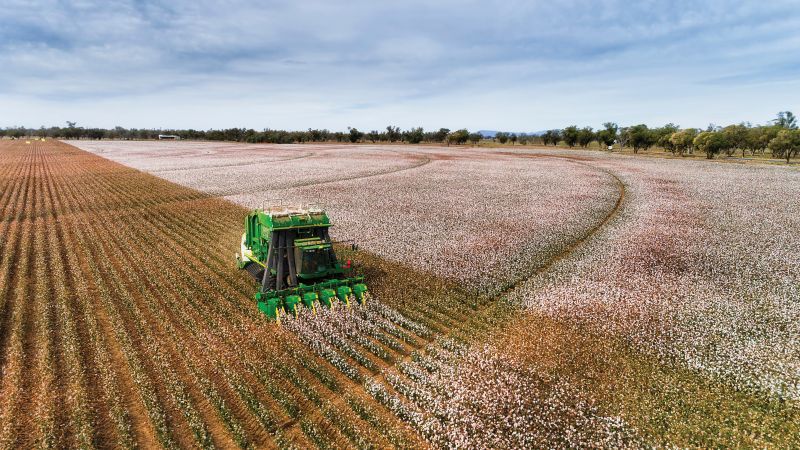Cotton Market Surprisingly Calm, All Eyes on the Weather
May 16 marked the fifth consecutive day of lower closes for the New York ICE old crop and new crop cotton futures. Yet, the true surprise was the absence of any price volatility during the week.
During a period when every analyst and their respective brothers-in-law predicted extreme volatility, the market was calm. In fact, trading typically was within single and double digits – all but unheard of for the past several years.
Possibly, this truly is the dark before the dawn.
Too, the market offered scant new fundamental news. Yes, U.S. export sales – the largest exporter of cotton to the world market – were a downer this week, but A) cancellations were nil, and B) it is still cold/wet/windy in China as well as cold/wet in the Southeast and Midsouth. With respect to production volume, it is only dryer on the Texas Plains. Thus, fundamentals remain positive.
Additionally, it was thought that textile mills had been active in fixing the price of their on-call sales, but this proved to be incorrect as demonstrated by exchange reports. Thus, those call sales continue as a firm base of support for the market.
The old crop slide to just below 90 cents this week is now testing the patience of the bulls, and rightfully so. Prices have reached near the very bottom of the range that must hold if the speculative funds are to remain on the long side of the market. Were they to exit in mass, the July futures could now slip to near 86 cents.
However, the trading range remains in play. Until July falls below 87 to 88 cents, the dominant trading range will continue to be in the 92 to 95 cent area, with an expanded range of 87 to 100 cents.
As commended the past several weeks, cotton demand does not support a price above 94 to 95 cents. Yet, with the significantly large volume of unfixed on-call mill sales and the extremely large quantity of speculative fund longs in the July contract, another run at 95 cents remains a strong possibility. Nevertheless, the tug-of-war will continue.
As mentioned last week, USDA’s bold and unusual significant reduction in its projection for the 2014 crop took a bit of uncertainty out of the market. That is, the large group of speculative traders that had been positioning themselves for a weather-related bull market based on the Texas drought were put on notice that the move above 82 cents in the December contract signaled that the market now “expected” a considerable decline in U.S. production due to the drought. (And don’t forget about the California drought. Yes, the acreage is small. But that is four bales per acre-plus land that is lost to cotton.)
It will be necessary for the “severe drought” to continue if December is to hurdle the 85-cent mark.
There remains plenty of time to get the Mid-South and Southeast crop in, but weather delays are considerably more than normal. Nighttime temperatures have consistently been in the high 40’s and very low 50’s – far too low for cotton planting. This will have to change immediately, or there will be “real” yield loss. The Texas Plains has its bet shot at moisture in six months within the next week as the 10-day forecast predicts rain next weekend.








